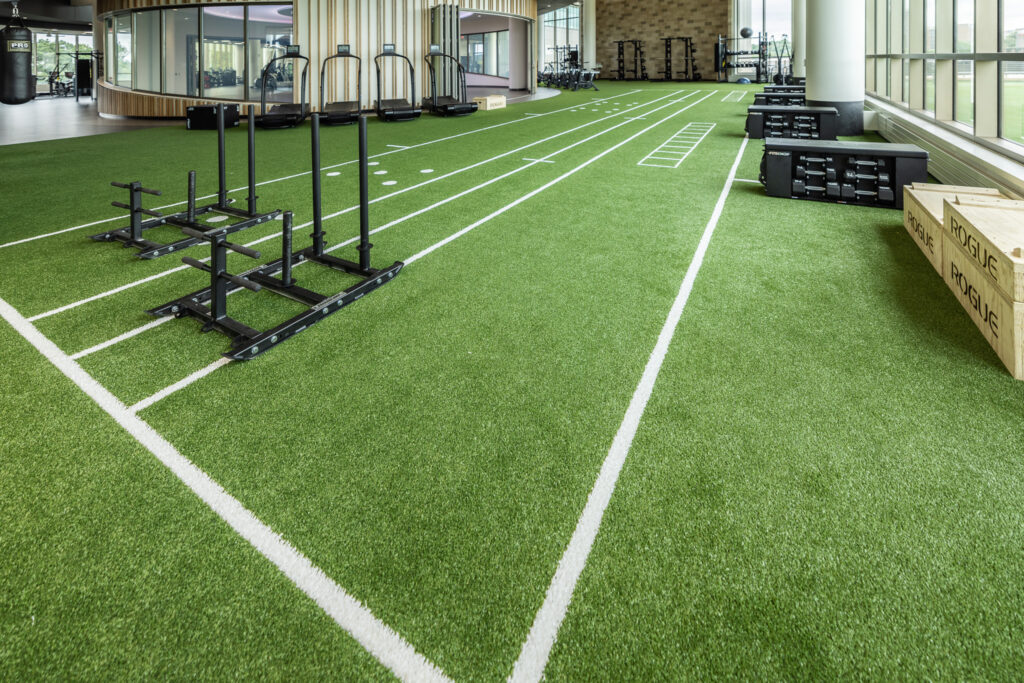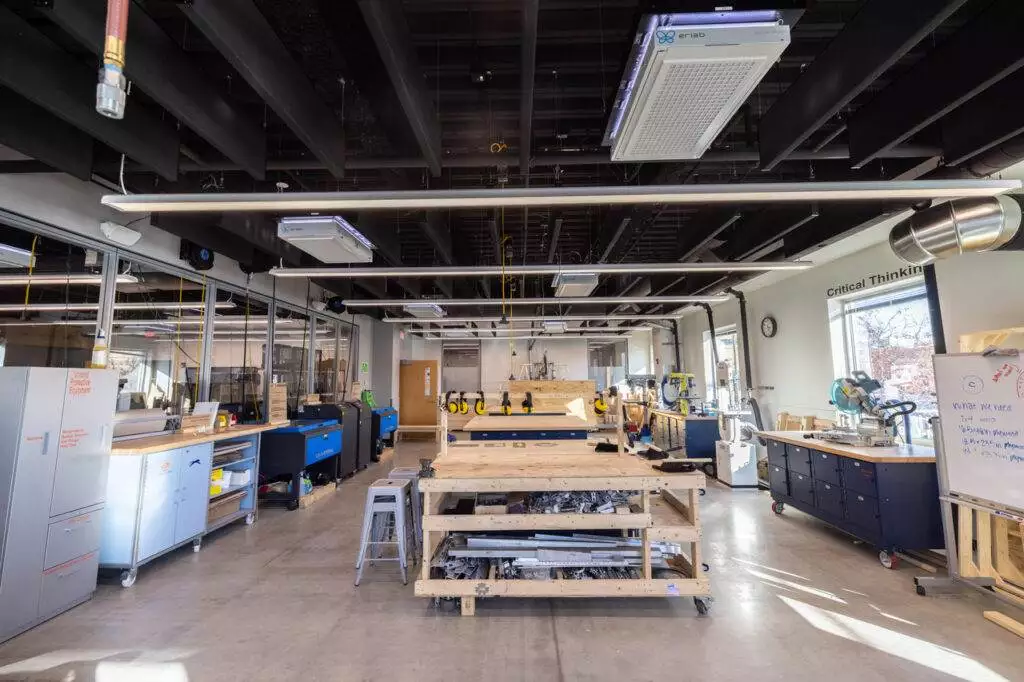Blogs & News
- Category: Laboratory
- DATE: March 15, 2023
Green Laboratories: How to Achieve LEED Certification and Reduce Environmental Impact
A green laboratory prioritizes sustainability and environmental responsibility in its design, construction, and operation. It utilizes strategies such as energy-efficient equipment, water conservation, eco-friendly building materials, and waste reduction practices. As more organizations prioritize sustainability, green laboratories are becoming increasingly popular.
What is LEED Certification?
LEED certification is a rating system that provides a framework for creating green buildings and laboratories. The Leadership in Energy and Environmental Design (LEED) rating system is globally recognized as a symbol of sustainability achievement. It offers different levels of certification, including certified, silver, gold, and platinum, with each level indicating a higher degree of environmental responsibility. LEED certification can enhance the marketability of a building or laboratory and is achieved by meeting specific standards related to energy efficiency, water conservation, indoor air quality, and sustainable building materials.
building a more sustainable lab
Green laboratories can save energy, reduce water usage, generate less waste, and support indoor air quality and health. To build a more sustainable lab, consider the following strategies:
Waste Management Program
Implement a waste management program that includes proper labeling, storage, and disposal of waste to greatly reduce the amount of waste sent to landfills.
Energy-Efficient Lighting
Optimize lighting systems by using energy-efficient lighting such as LEDs to reduce energy consumption.
Water Saving Measures
Implement water-saving measures, such as low-flow fixtures, recycling and reusing water, and optimizing cooling tower systems to reduce water usage.
Energy-Efficient Laboratory Equipment
Upgrade laboratory equipment to newer, energy-efficient models, such as freezers and fume hoods, which are some of the biggest energy users in scientific research labs. Not only do newer models consume less energy, but they also feature safety and ergonomic improvements.
Need help building a green laboratory?
Building a green laboratory is not only environmentally responsible, but it can also lead to significant cost savings over time. By reducing energy consumption, water usage, and waste generation, labs can reduce utility bills and operating costs. If you’re interested in creating a greener laboratory environment and achieving LEED certification, contact our team of experts to discuss how we can help you design and operate a state-of-the-art, sustainable laboratory.
recent blogs



GET STARTED
LET’S TALK ABOUT YOUR PROJECT TODAY
Are you in need of expert guidance for your building project? H2I Group’s experienced professionals are here to assist you with any questions or concerns you may have. Contact us today to learn more about our services and how we can help you achieve your goals.

